INTRODUCTION
Sergio Leone. Whenever I hear that name I think of cinema at its most exhillerating and wildly creative. His take on Westerns single handedly revitalized the genre in the 1960s. His unique Mediterranean – bred post modern, operatic eye for storytelling was something cinema needed very much at the time. Maybe the most special thing about Leone was the fact he truly cherished the larger than life characters that existed in his films. It shows so vividly from Clint Eastwood’s The Man With No Name to Jason Robards’ Cheyenne to Eli Wallach’s Tuco to Rod Steiger’s Juan to Robert DeNiro’s Noodles. These weren’t mere fictional images, they were part of him, his film family, moreover his cinematic children.
Once Upon A Time In America (1984) tells the story of a group of Prohibition era Jewish gangsters who grow up together in the slums of New York City. It is based on the 1953 novel “The Hoods” by Harry Grey aka Harry Goldberg, a real life gangster turned police informant then writer. Leone who was obsessed with the book after reading it, tried for several years to meet with Grey, a reclusive man. They finally did get together at a small bar where Leone could be alone with the ex-gangster. It’s interesting to picture the exuberant, excitable Leone and the grouchy Grey communicating together. The two later became friends and Leone picked Grey’s brain as much as he could to help inform his story so he could make it as authentic as possible. Leone continued to develop the script throughout the 1970s with several writers. After temporarily looking for another director to make the film (including Writer-Director John Milius who had to pass due to another project) Leone finally got the backing to start work on the gangster epic in 1982 thanks in large part to producer Arnon Milchan.
I feel this film is Leone’s “.44 magnum opus” not just because it’s his final movie but because I feel he was at the height of his storytelling powers with it. His filmmaking truly came full circle. Leone’s trademark stylized visual tales set around genre characters transformed into something even more exquisite and thought provoking here. While I love his Westerns very much, I feel like this movie was Leone at his very best as a storyteller, filmmaker and most importantly a human being. Leone’s own life influenced the film just as much as Harry Grey’s novel, since the characters were infused with Leone’s memories of his childhood friends growing up in Rome in the 30s and 40s. Furthermore, Leone not only told an emotionally powerful story but his attention to the details of the era in which it took place (1920s to the 1960s New York) were amazingly authentic which is especially interesting since Leone wasn’t even American. This was mainly due to Leone’s voracious interest in American history.
For the film’s music Leone once again went to his old friend Ennio Morricone to create the wonderful score, and again he came up with arrangements that only enhanced an already sensational work of cinema. Like the character Harmonica (Charles Bronson) in Once Upon A Time in The West, Leone also chose to have one of the main characters play a musical instrument to accompany the actual score. The young Cockeye plays a happy go lucky variation of the film’s title theme on his panflute which Morricone later transforms into a more ominous, atmospheric piece (appropriately titled “Cockeye’s Song”). Another interesting detail is this movie also features the only modern pop song ever used by Leone in one of his films: a cover version of The Beatles’ “Yesterday” is placed in the 1960s section of the story.
The film premiered at the Cannes Film Festival in 1984 and was immediately heralded as a masterpiece. It even received a 15 minute standing ovation. What occurred next is something every filmmaker dreads: The studio decided that the film needed to be edited down for the U.S. release after initial preview screenings went bad. Not only did they remove Leone at this stage but they hired an unexperienced editor who preceeded to butcher Leone’s original version. The final cut took Leone’s carefully rendered non linear narrative and mangled it in such a way that it became a completely muddled mess. When you compare the two versions today, there’s clearly a massive difference on how they impact the viewer. One is a truncated tale the other a beautifully realized epic journey.
THE REVIEW
New York City’s Lower East Side in the 1920s: A group of young hoods are earning money from doing petty thefts. They are Noodles (Scott Tiler), Patsy (Brian Bloom), Cockeye (Adrian Curran) and Dominic (Noah Moazezi). Noodles is the oldest and the leader of the gang. Noodles is at the same time in love with Deborah Gelly (Jennifer Connelly), a young Jewish girl whose brother Fat Moe is a friend of the gang. Noodles is clearly obsessed with her, but she looks down on him for being a filthy street urchin. Noodles’ saving grace is Peggy (Julie Cohen), the neighborhood hussy who lets every guy around in her pants. All they need to give her is a cupcake and the deal is done.
One day while the gang are out trying to roll a drunk, a new kid arrives in the neighborhood and picks the intended target up. Angered by this, Noodles wants to find out who this wiseass kid is. When a local cop the boys dub “Fartface” (Richard Foronjy) takes their newly stolen pocket watch, the two rivals decide to get back at him and they soon become instant friends. Noodles and his new pal Max (Rusty Jacobs) decide to lead the gang together. Their first job is to blackmail the cop into letting them work the neighborhood running scams without repercussions. Their method of pulling this off: they take a photo of Fartface having sex with Peggy up on the roof.
Things go smooth for awhile as the gang earn more and more money working for the local mafia pulling jobs which includes picking up liquor on boats in the harbor. They end up with an entire suitcase of loot as a result. They bring the case to the train station where they place it in a locker and agree noone will open the locker unless they’re all together. The key is given to Fat Moe without his knowledge of what it’s for. While their future as criminals look bright, there is a problem just around the corner. Bugsy (James Russo) their former boss, now rival is out to kill the gang so he can continue to be the main earner in the area. As the boys joyously walk along, now dressed to the nines in their newly bought dandy duds, Bugsy suddenly appears and it’s clear hes out for blood. As the gang run for their lives, Bugsy shoots the youngest boy Dominic down dead. The others watch on in shock as Bugsy looks for them. Filled with rage from Dominic’s murder, Noodles attacks Bugsy stabbing him repeatedly with a switchblade, when a cop tries to stop him Noodles then stabs the officer until he is subdued. Noodles is thrown in prison for several years.
When Noodles (Robert DeNiro) is released several years later in 1933, he is picked up by Max (James Woods) and given a special welcome home gift: a nude girl incognito as a dead body in the back of a hearse. As Max drives off he makes a joke to a passerby and we get a trademark comic Leone reaction shot as the man stares, mouth agape. As soon as Noodles appears at the gangs’ speakeasy/hangout, his old buddies Cockeye (William Forsythe) Fat Moe (Larry Rapp) and Patsy (James Hayden) excitedly greet him. The gang have obviously done well without him over the years, but Noodles is still an integral part of the outfit and sacrificed for them. Noodles is then reintroduced to Peggy (Amy Ryder) who is now a high earning madam and Deborah (Elizabeth McGovern) who is still the apple of his eye. As Noodles says hello, Fat Moe has the house band switch to a softer romantic ballad. The two childhood sweethearts briefly converse and part. Noodles has returned, now the gang are ready to take the town by storm, with him back they’ll be stronger, sharper and more dangerous.
The gangs’ first job together is to steal some diamonds after being hired by an mafiosi named Frankie Minaldi (Joe Pesci) and his brother Joe (Burt Young). There’s a comedic story which Joe recites to the boys which is not in the U.S. release. Yet another piece of the original film which, when added back in, gives more depth to the scene and the character interaction. When they pull the heist job, the teller (Tuesday Weld) turns out to have a fetish for being slapped around so Noodles takes her up on it and then rapes her as the gang grab the stones (this is another of the scenes exised from the theatrical U.S. release). When the stones are dropped off, Patsy shoots Joe point blank and Max and the gang kill the other thugs. Noodles can see that Max hasn’t even taken his own interests with this move into consideration. It’s the first sign their long time partnership is beginning to deteriorate.
The gang decide to move into other areas of illegal activity including backing a steel workers union boss Jimmy Conway O’Donnell (Treat Williams) and protect him from a corporate steel factory owner who has sent his thugs to kill him if he doesn’t call a strike off. A high ranking corrupt police chief (Danny Aiello) is next on their list. Their plan is to switch his newborn baby in the hospital maternity ward with another baby. When Noodles calls him and makes it known they want him to look the other way or else they wont give him information on his son’s location he is enraged but finally agrees.
The crime organization prospers but Noodles begins showing signs of weakness in Max’s eyes. Max wants to do one last big score but Noodles declares Max to be “crazy” which enrages Max (conveying a relative really is mentally ill). Noodles lets Max know he is content with the money he makes and doesn’t want to chance it. This is the final disagreement that ultimately drives the two old friends apart for good. When Noodles learns about Max and the gang planning to rob the Federal Reserve Bank his only chance to save their lives is to inform the police. The result is something Noodles has feared: his friends are all killed during a shootout leaving him the sole survivor of the gang. His only choice is to leave the city and hide out.
1968: A much older Noodles arrives back in New York and calls Fat Moe letting him know he’s back in town. Noodles informs Moe about the letter he’s received regarding the cemetery where the gang members were buried and that it is being moved. Moe lets Noodles know he got a similar letter about his father’s plot. The letter directs Noodles to another cemetery where an expensive mausoleum holds the remains of Max, Patsy and Cockeye. As he sits quietly and tries to put things together in his mind, Noodles notices the same train station key from years earlier hanging on a plaque that bears his name reading the burial tomb was dedicated by him to his friends. Noodles goes to the train station and is surprised to find the gang’s old suitcase that was empty years earlier now filled with cash labelled “For The Next Job”. Noodles decides to visit his lost love Deborah, who is a professional actress performing in a play. Noodles questions Deborah about Senator Bailey, a man who has been featured on the news. Deborah becomes anxious and asks Noodles to go but he soon discovers that Deborah has a son, David (named after him) who oddly resembles Max when he was younger (Rusty James in a dual role). She admits to Noodles that he is in fact she and Senator Bailey’s son. Noodles finally realizes what occurred after he left decades earlier and decides to goto Senator Bailey’s private party (which he’s been invited to) and confront him.
RESTORATION OF A MASTERPIECE
2011: In some very exciting news, Variety reports Leone’s children Andrea and Raffaella Leone have bought the rights to the film. They will be co-producing a digital restoration with the Bologna Cinemetheque L’Immagine Ritrovata. This new cut will add 40 more minutes to the current version released on DVD. No details have been given as to exactly which scenes will be added on. Supervising the restoration will be Fausto Ancillai, Leone’s original sound editor on the film. The new cut will likely make its debut at the 2012 Cannes Film Festival and will (hopefully) arrive on DVD and Blu Ray soon after.
Once Upon A Time in America: Abridged Versions (from Wikipedia)
The 227 minute version — When the ‘complete’ film was shown in America, it still had to be trimmed slightly to secure an ‘R’ rating. Cuts were made to the two rape scenes, and some of the violence at the beginning. Noodles’ childhood flashback during his meeting with Bailey in 1968 was also excised.
A network television version of three hours (without commercials) was briefly available in the early-to-mid-1990s, which retained the film’s non-chronological order but still left out several key scenes. This version has recently turned up in viewings of the film for the AMC TV channel.
The infamous 134 minute American version was the version given wide release in America. Heavily edited by the Ladd Company against Leone’s wishes, the film’s story was rearranged in chronological order. Most of the major cuts involved the childhood sequences, making the 1933 sections the most prominent part of the film. Noodles’ 1968 meeting with Deborah was excised, and the scene with “Secretary Bailey” ended with him shooting himself (albeit offscreen), rather than the famous garbage truck conclusion of the 229-minute version. This version flopped in the US and many American critics, who knew about Leone’s original cut, attacked the short version viciously. Some critics compared shortening the film to shortening Richard Wagner’s operas (some of which run over 5 hours), saying that works of art that are meant to be long should be given the respect they deserve. This shortened version, while briefly on VHS in the 1980s, is in little demand and almost impossible to find.

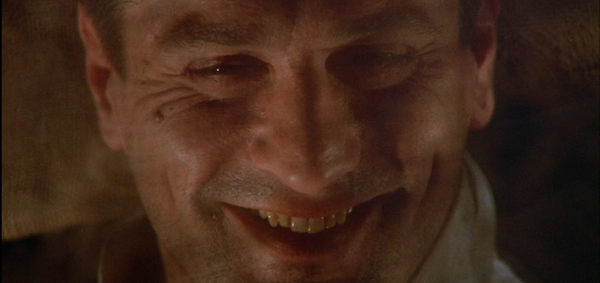
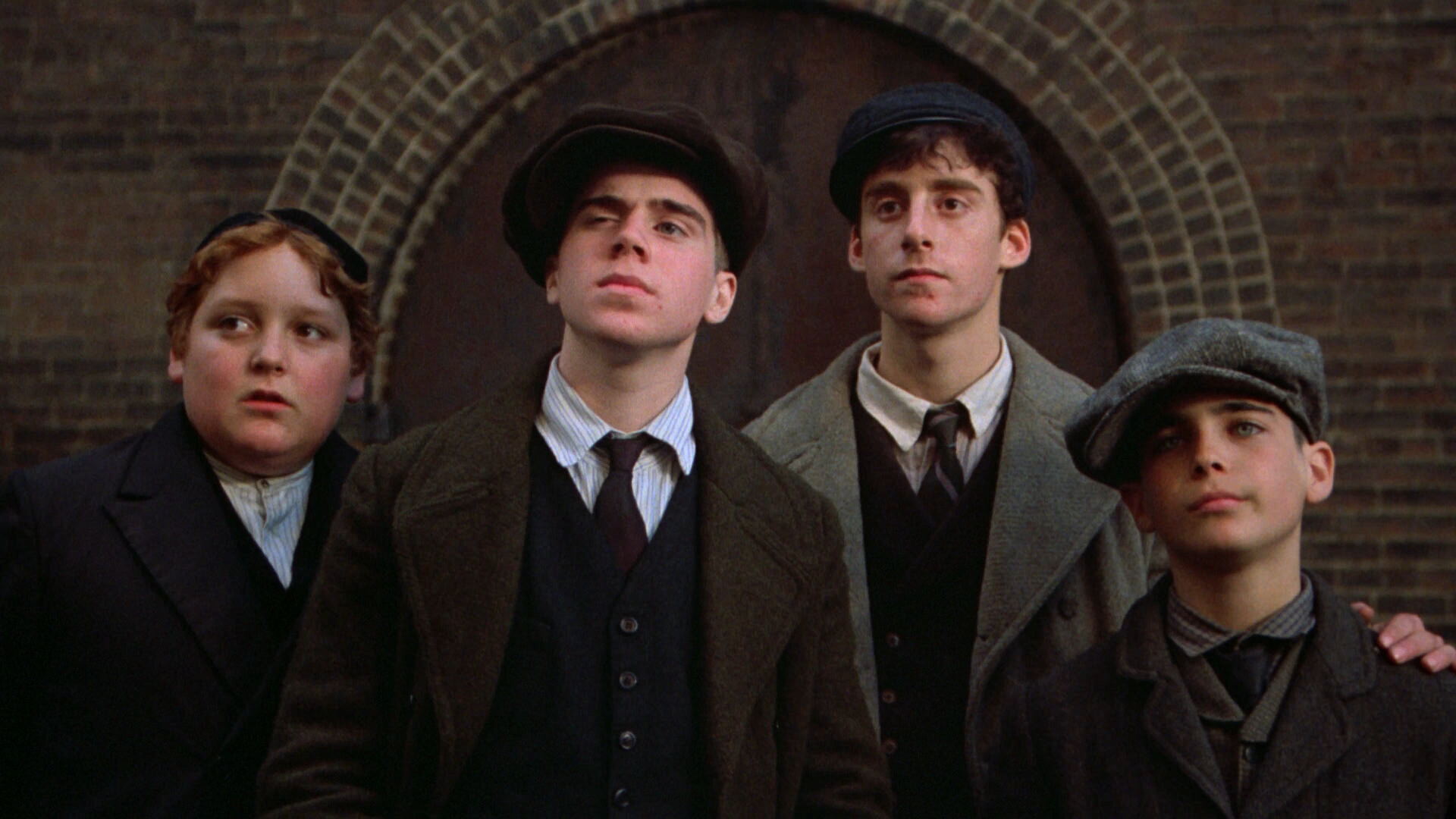
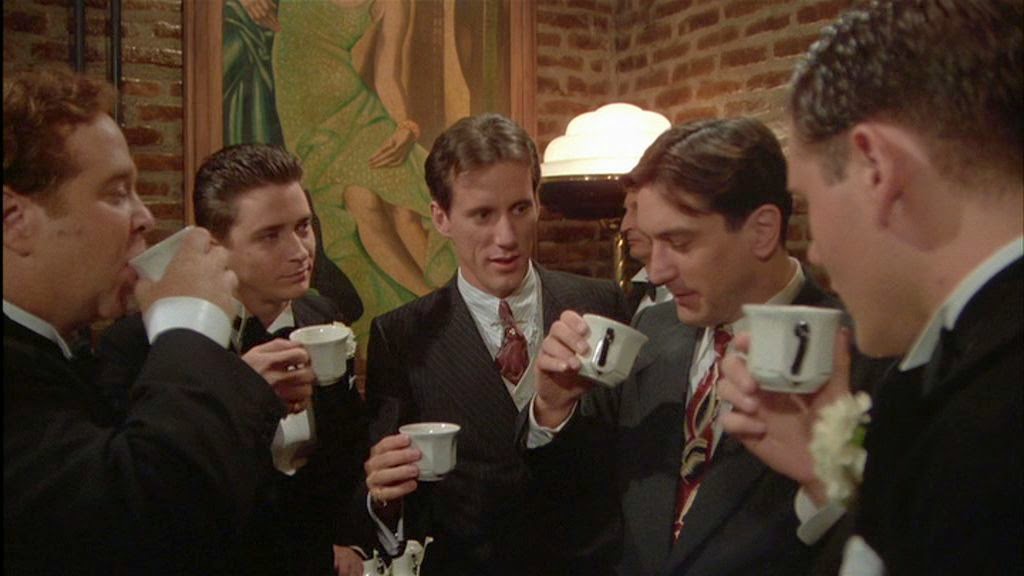
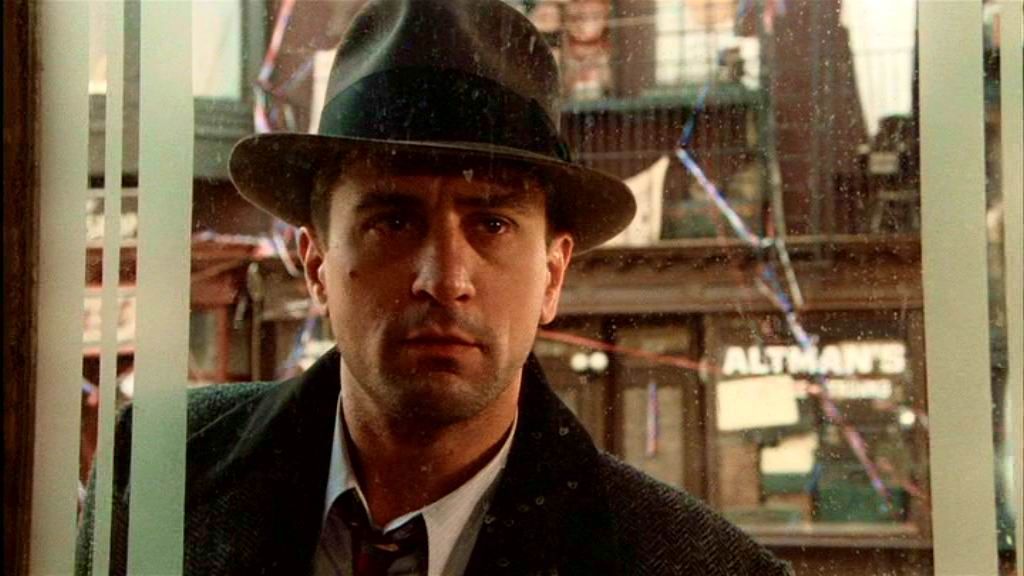
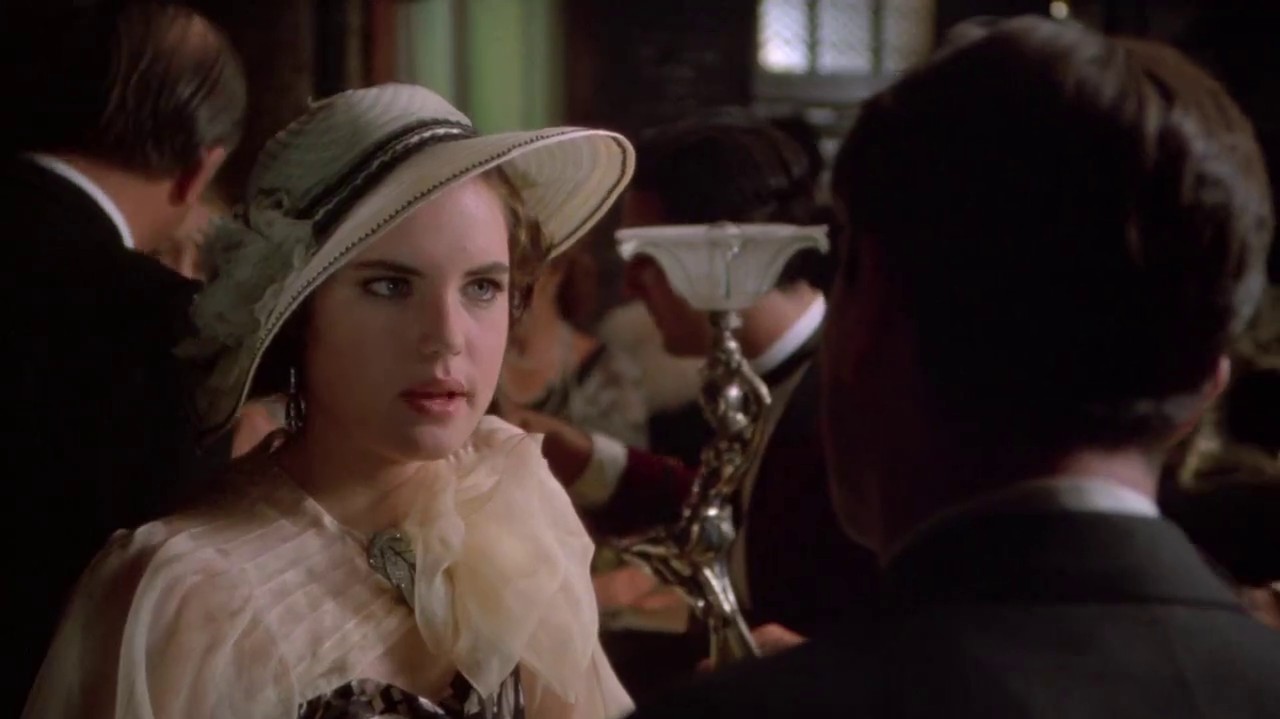
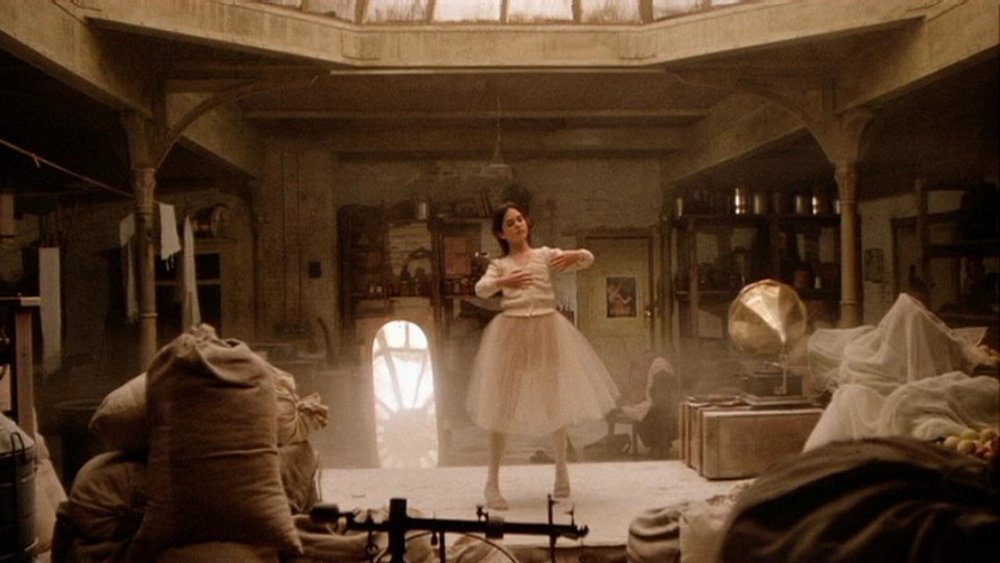
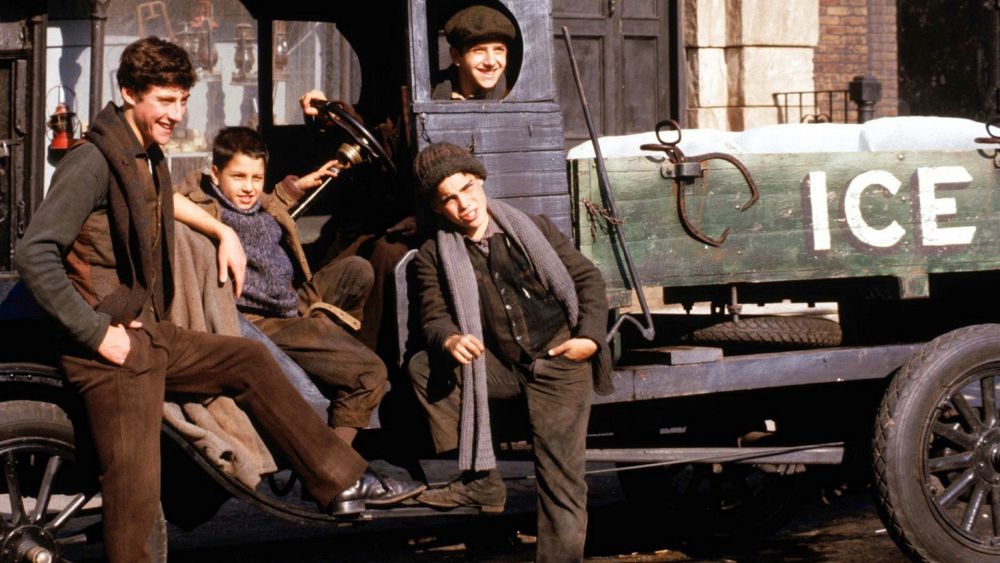
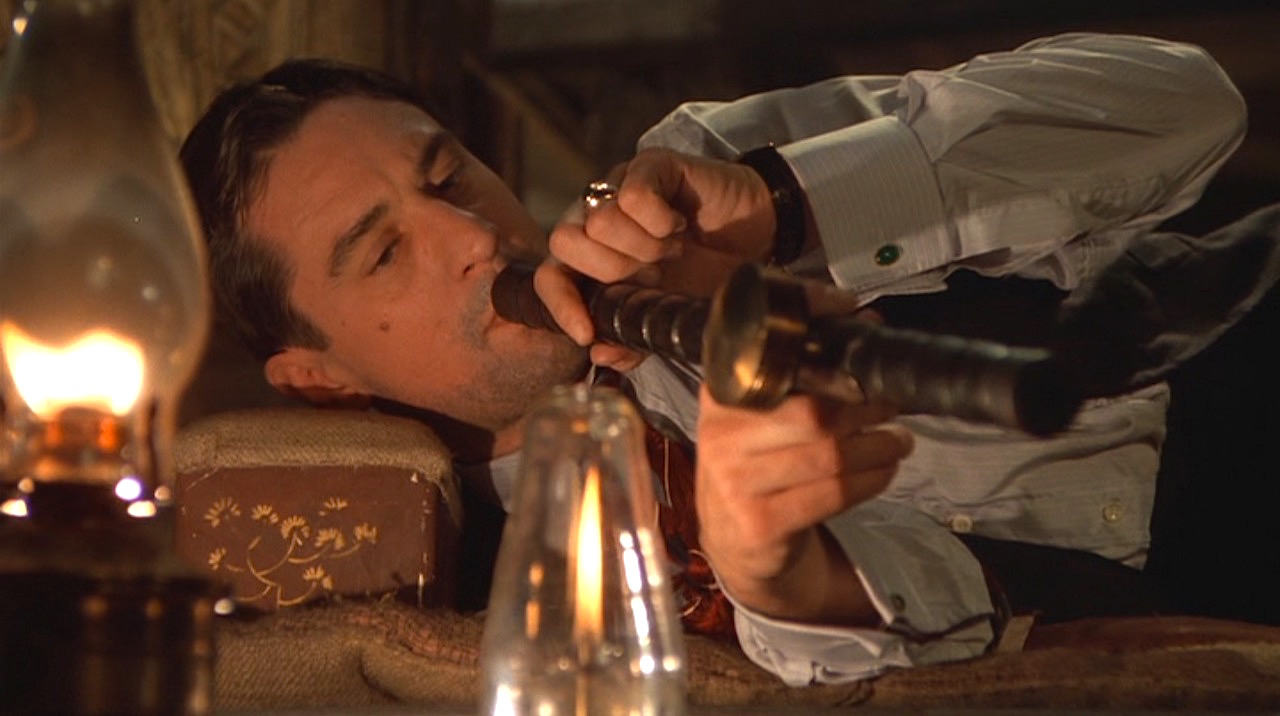
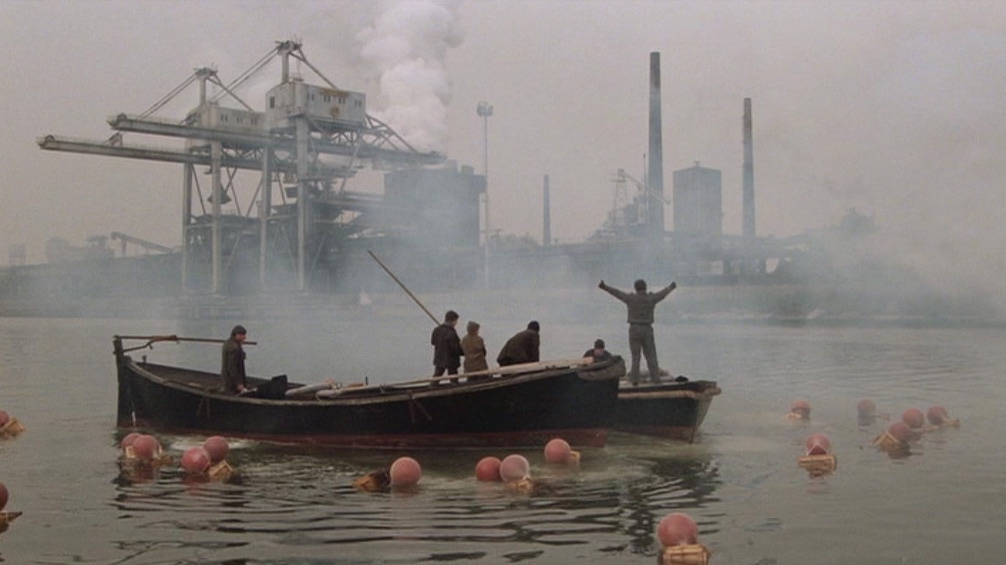
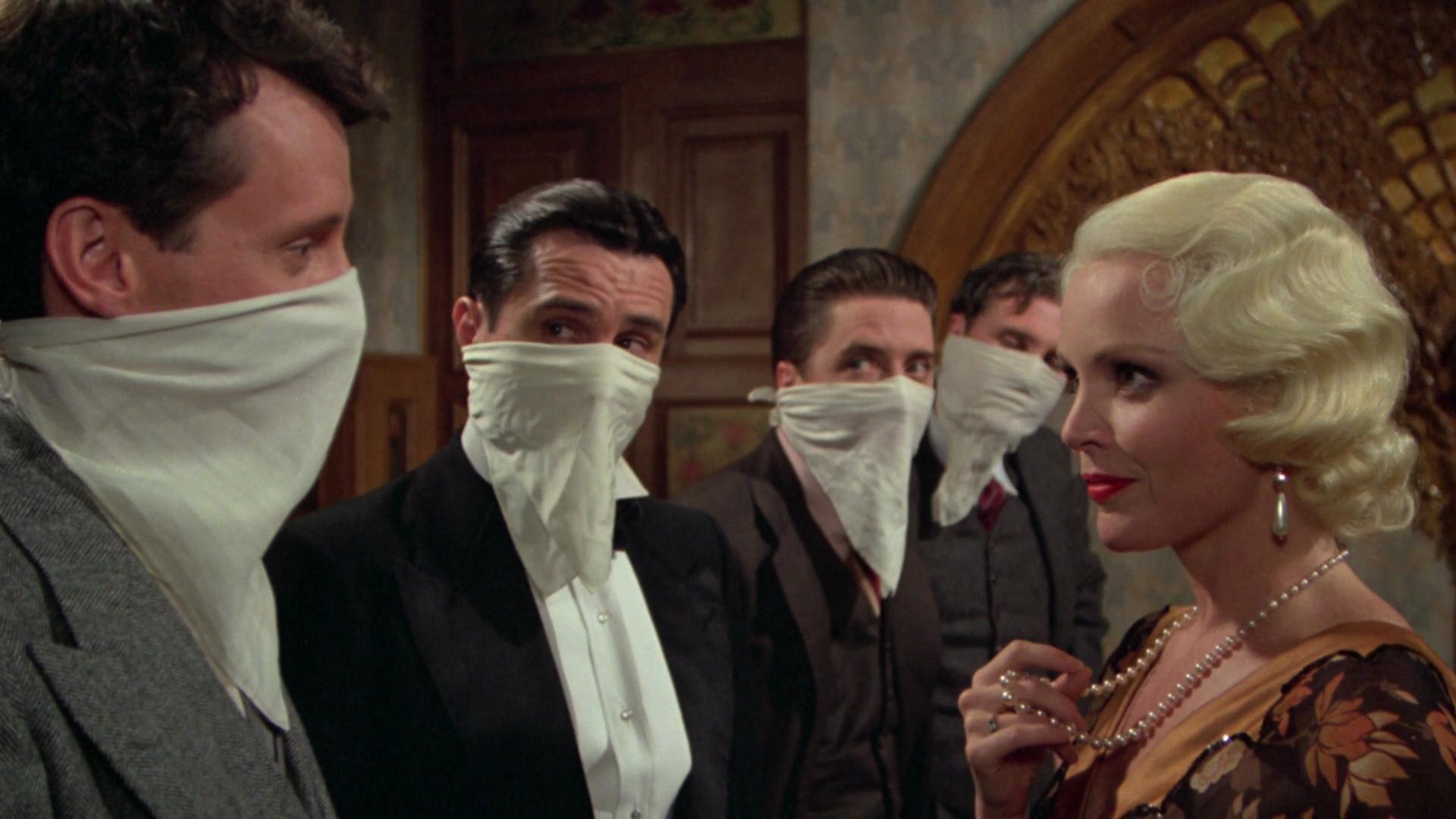

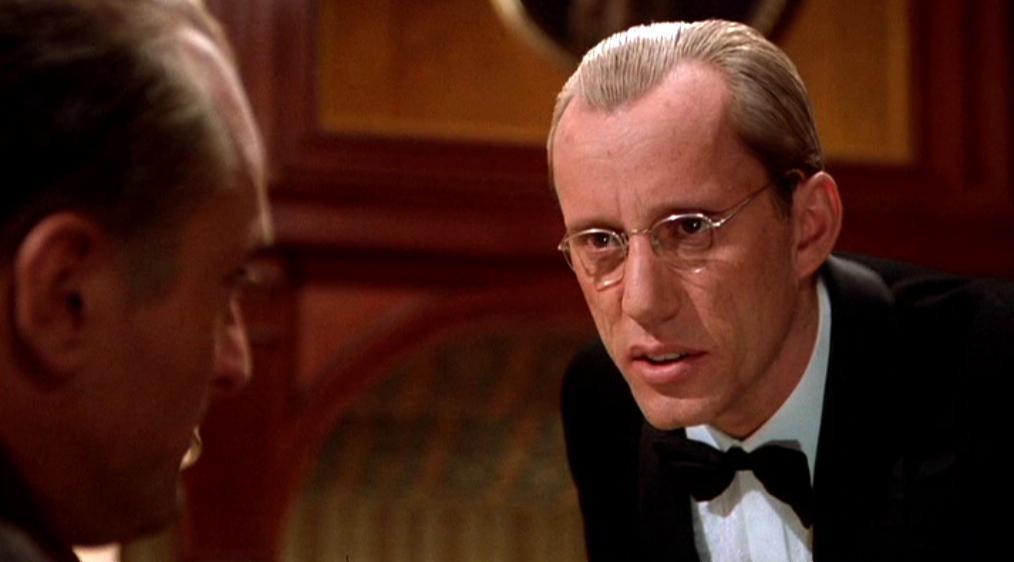

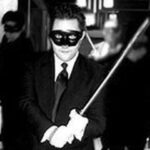
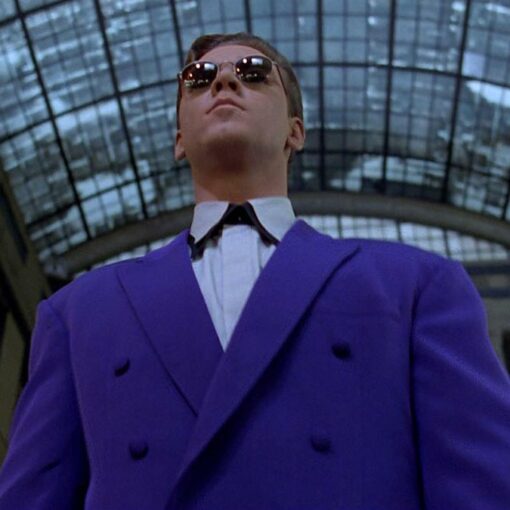
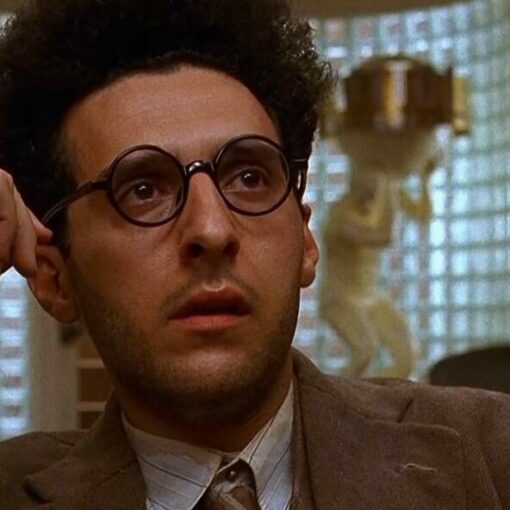
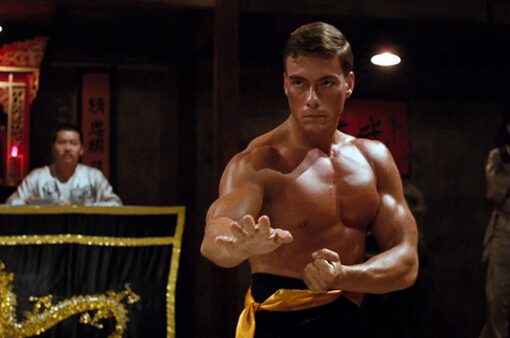
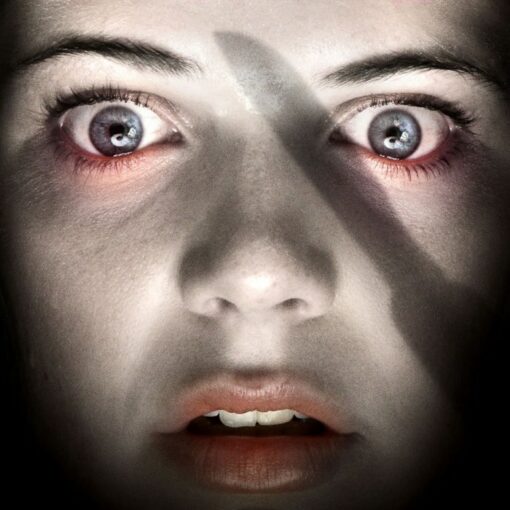
7 thoughts on “CRIMEWATCH: Once Upon A Time in America”
such a great movie… you need a whole night to enjoy it